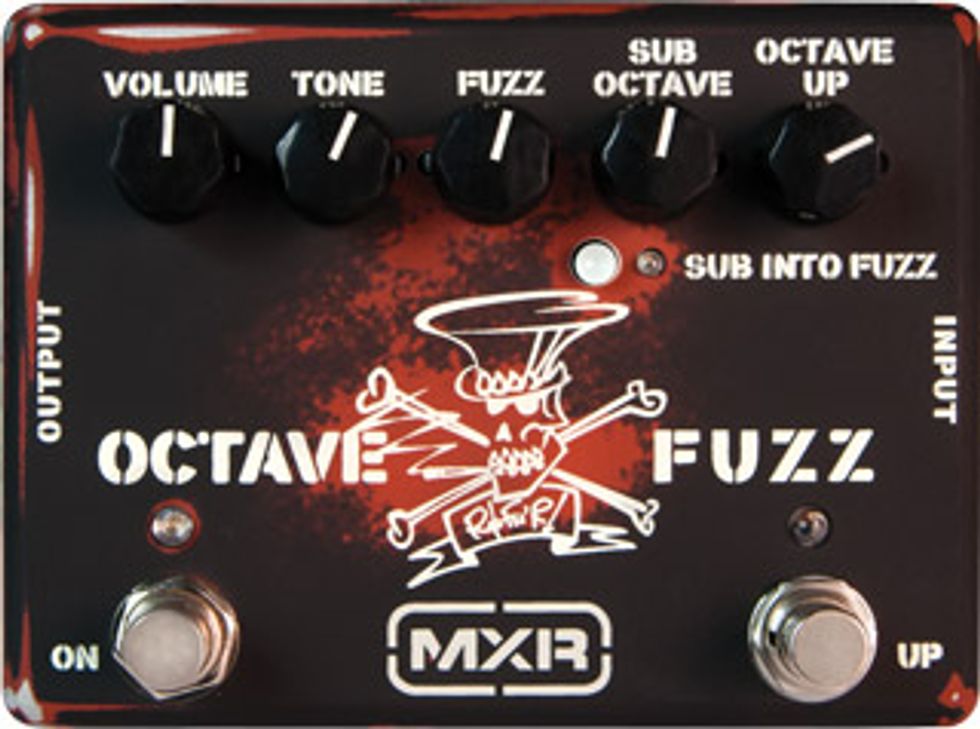
Slash is hardly the first player you think of when octave pedals come to mind—the only Guns N’ Roses tune you’d think might have one, “Paradise City,” is actually overdubbed octaves. Even so, the latest Slash signature pedal from Dunlop is the Slash Octave Fuzz, and the top-hatted guitar hero uses it on two tracks from his latest record, Apocalyptic Love. With suboctave and high-octave circuits that can be mixed independently, it’s a flexible pedal with a wide range of fuzz tones—from funky to furious—for everything from low-end riffs to searing leads. Hardcore fans are probably more interested in a pedal that gets the overdrive from "Sweet Child o’ Mine,’” but the Octave Fuzz’s incendiary tones reflect his more recent playbook, while paying homage to the Tycobrahe Octavia and Boss OC-3 Super Octave pedals he’s been using for the last couple of years. Slash had also expressed a desire for something similar to the MXR Blue Box, only more stable and predictable.
It’s so Easy
The all-analog Octave Fuzz features
a rugged steel housing and
Slash’s signature skull-and-crossbones
graphic. It’s built like a
tank, and the underside battery
compartment, made of tough
plastic, is both roadworthy and
easy to use (you can also use an
optional 9V DC adapter). The
top panel features volume, tone,
fuzz, sub octave, and octave
up functions. The leftmost
footswitch activates the pedal
(and yes, it’s true-bypass switching),
while the right kicks the
octave up function in or out.
Additionally, there’s a push button
for sending the sub octave
sound into the fuzz circuit—a
nice touch that allows you to
run subs either clean or dirty
(though the tracking on cleaner
tones isn’t quite as tight as with
fuzz-assisted parts).
Ratings
Pros:
Sub octave and octave up circuits offer many
tone options. Built for the road. Voiced for searing,
shaggy fuzz.
Cons:
Brash in the upper mids and highs.
Somewhat rough note tracking.
Tones:
Ease of Use:
Build:
Value:
Street:
$129
Brash ’n’ Slashin’
Closest in spirit to, say, a Fuzz
Face and Octavia in tandem,
the silicon-based Slash Octave
Fuzz is voiced with plenty of
brash midrange boost—which
is how Slash tends to set his
own EQs. It’s a sound made
to cut through a live band,
which means it can be fairly
piercing when playing on
your own, especially with
octave up engaged—you’ll
quickly dial the tone control
down to the 9 o’clock
range, even on your neck
pickup. That brashness
cools off quite a bit
when you dial down
the Fuzz control, and what you
lose in singing sustain you make
up for in a pleasing, amp-style
overdrive that’s not dissimilar
to the useful crunch tones in a
Fulltone OCD. Of course, this
is a fuzz pedal. It’s not nearly as
creamy or hairy as a Big Muff,
but there’s a good dose of thick
’70s shag in the fuzz control’s
higher throw—and it’s awesome
at delivering sub octave girth to
E- and A-string power riffs: Play
“Moby Dick” with this sucker,
and you’ll think you’ve got JPJ
himself doubling your lines!
The Verdict
The Slash Octave Fuzz can
sound monstrous, though it’s
not always easy to control in
less wide-open applications:
When using the sub octave
function without fuzz, the volume
needed to be at 4 o’clock
to be at unity with my bypassed
signal. I’d rather set volume at
noon and not be surprised with
sudden spikes. The fuzz tones
can also lack a certain natural
compression that might have
warmed them up a bit and
made faster notes sound more
distinct when the octave is
more pronounced. Nevertheless,
like the man himself, this pedal
is chock-full of attitude, defiantly
edgy, and entirely capable
of making any amp scream like
you haven’t heard before.


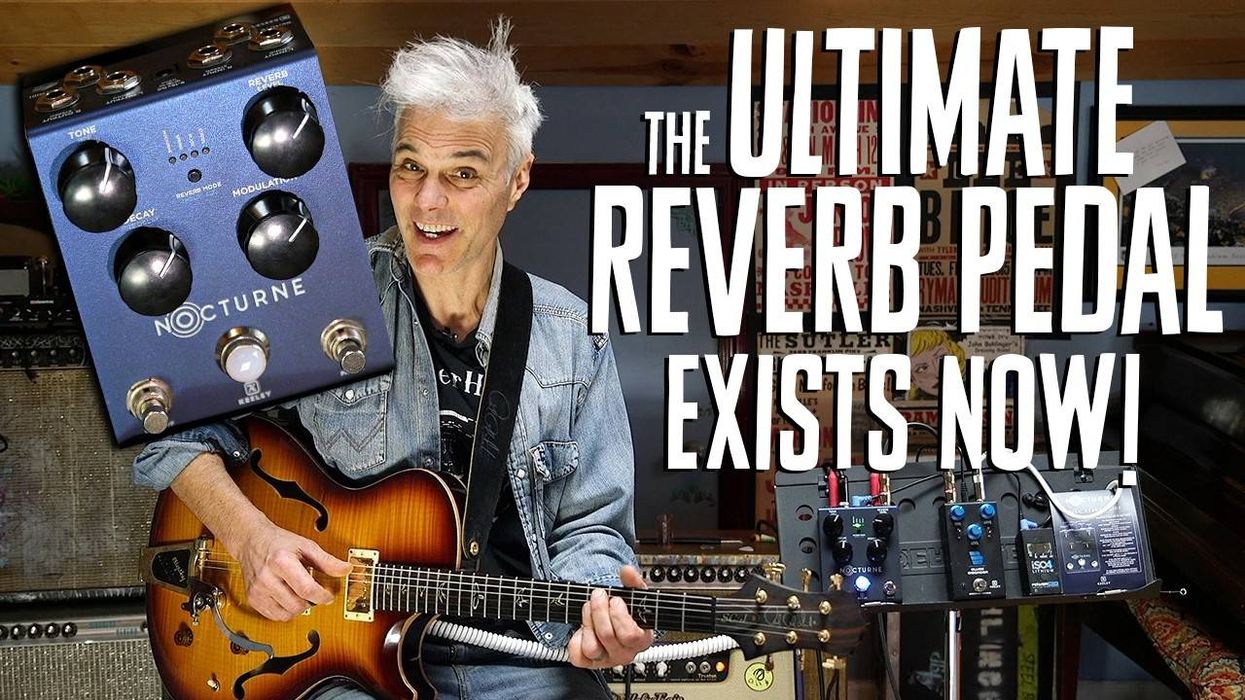
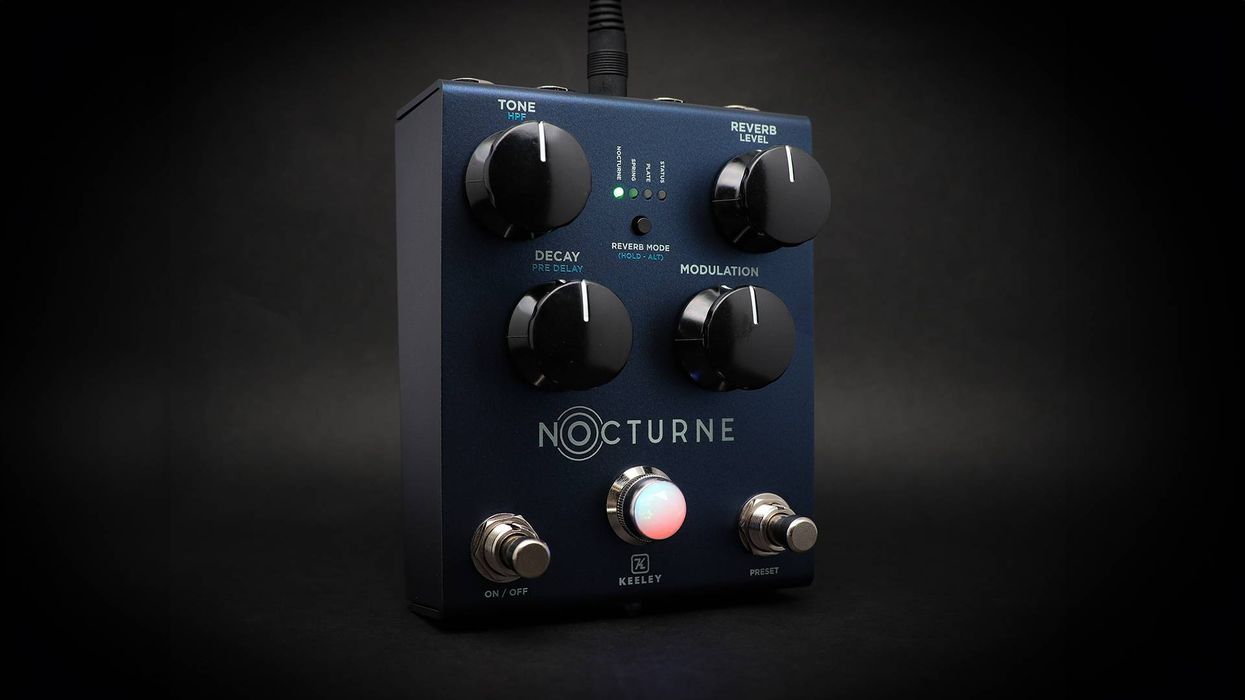
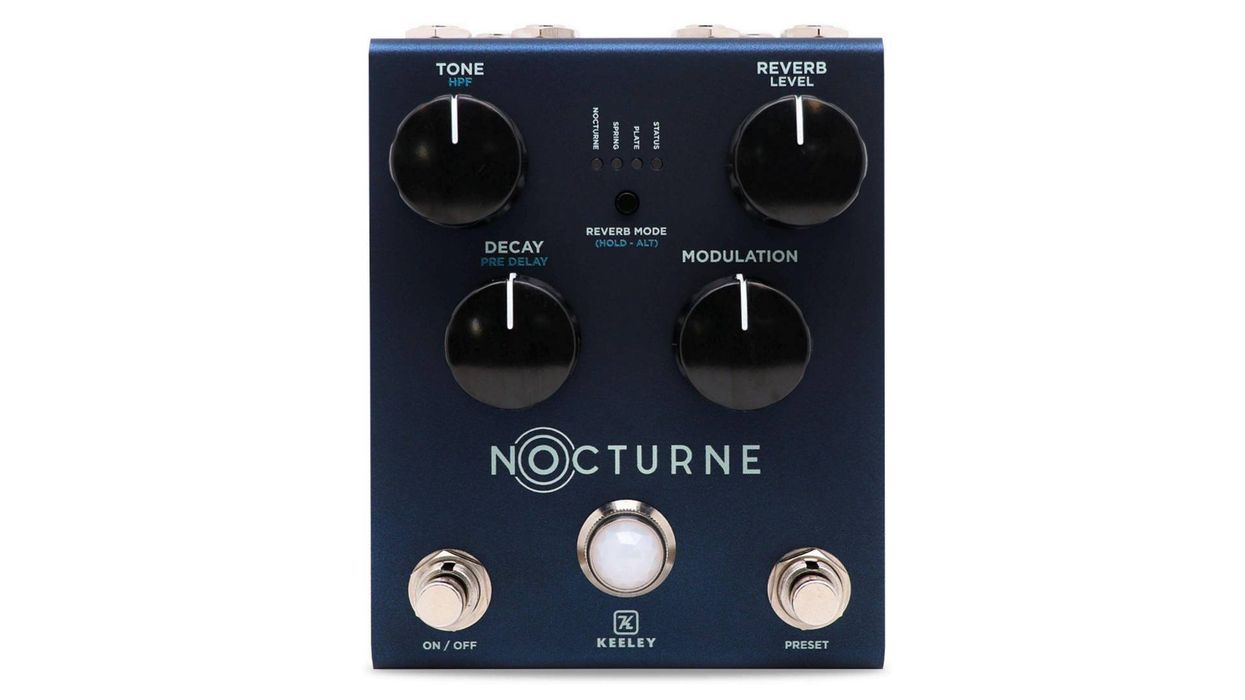
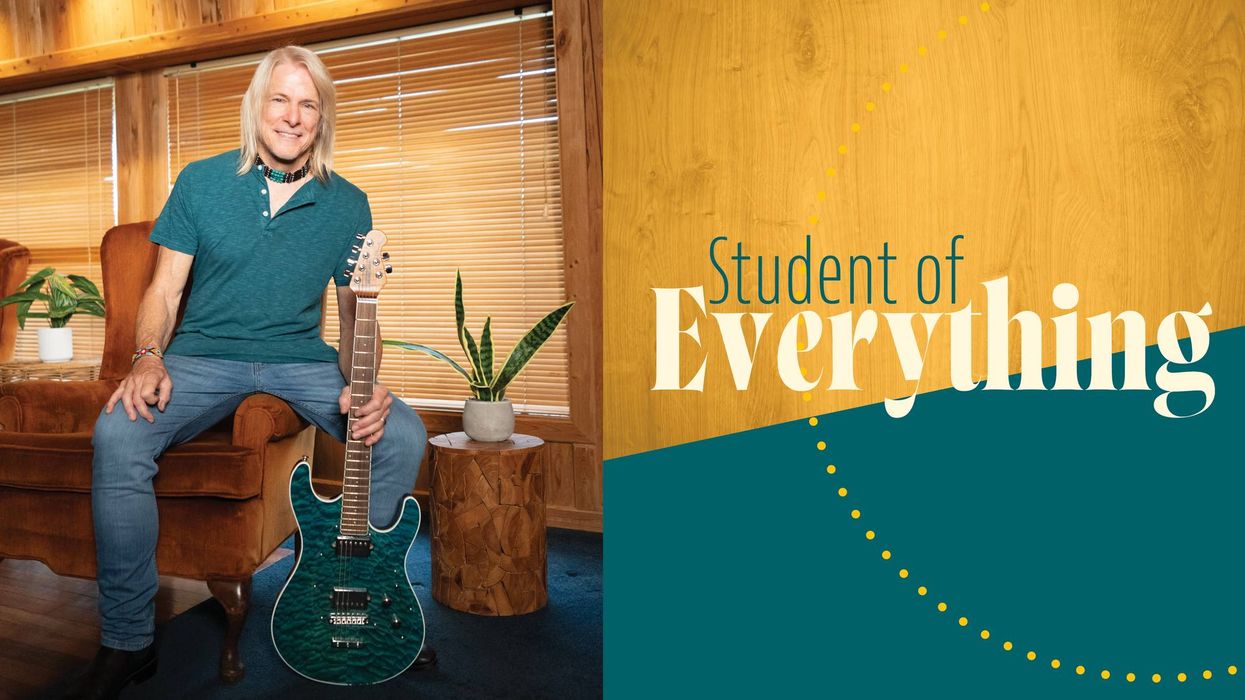








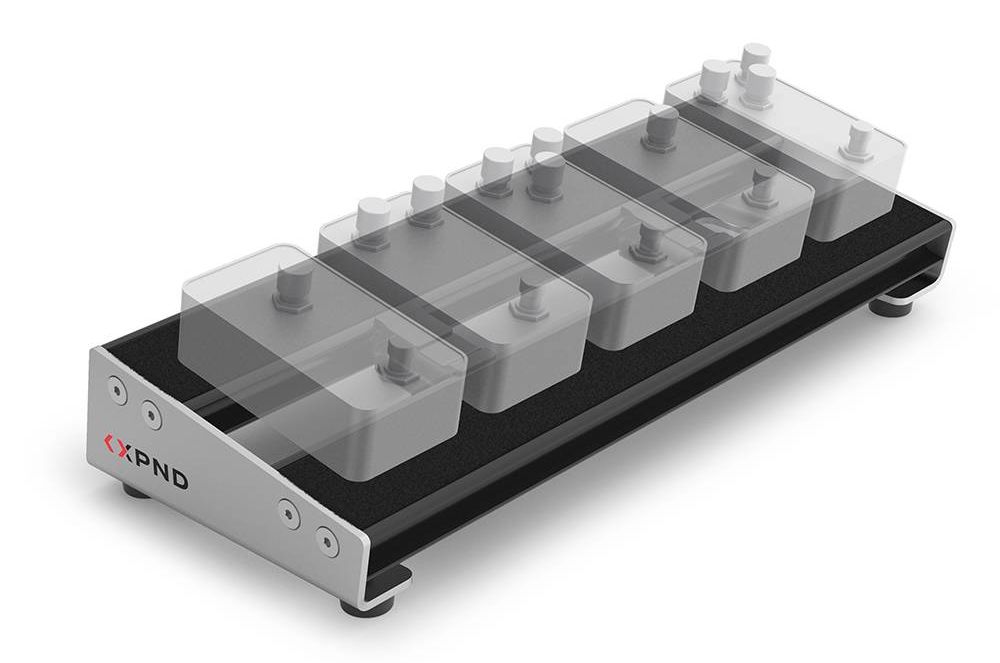
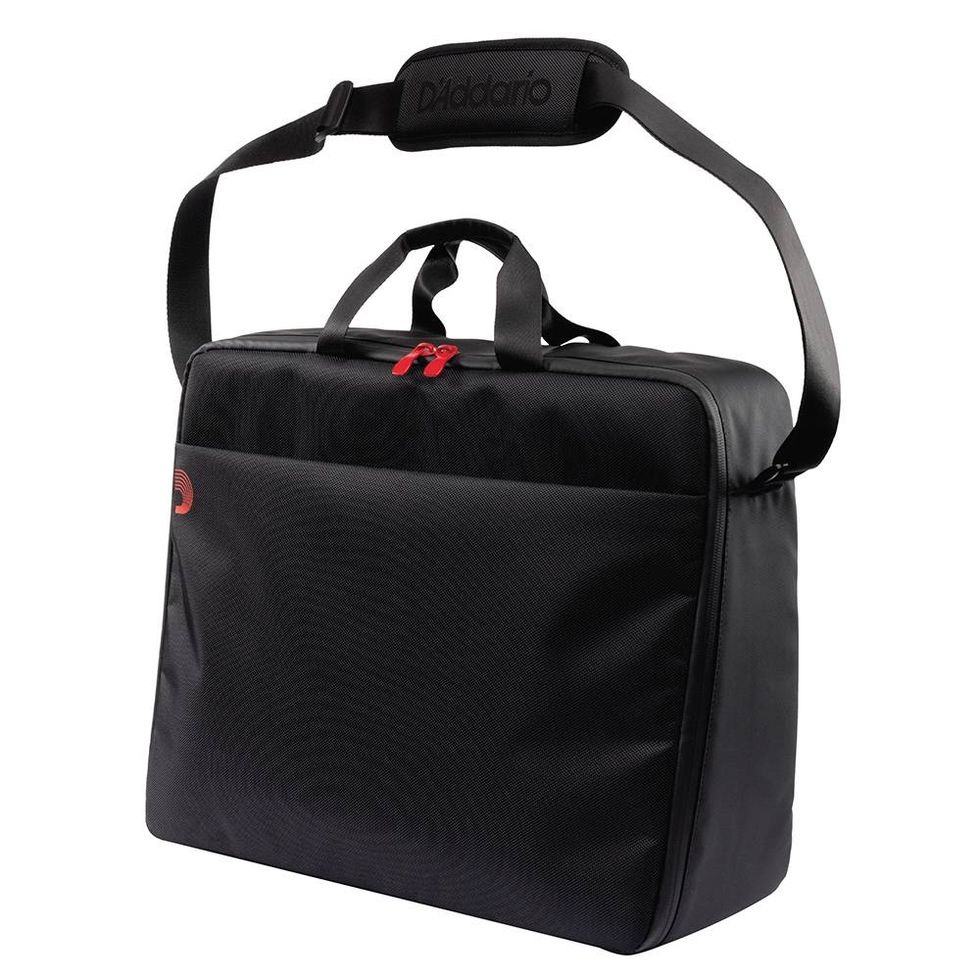

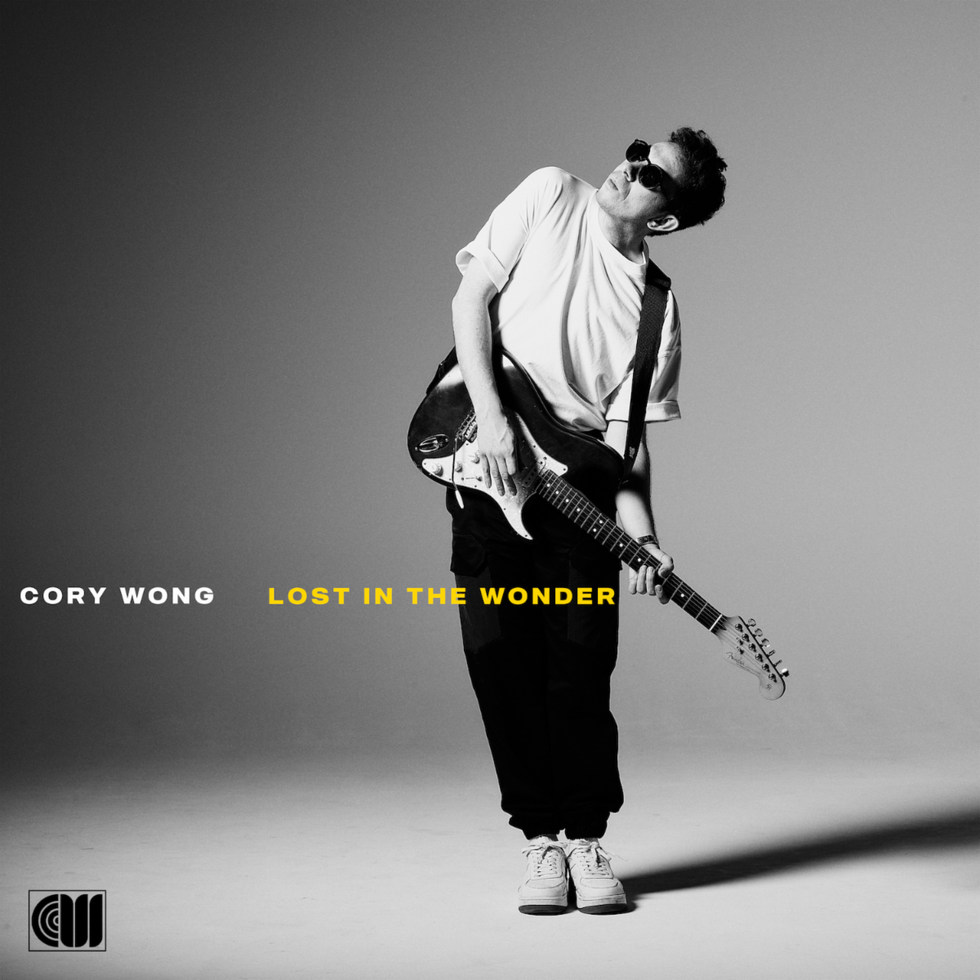
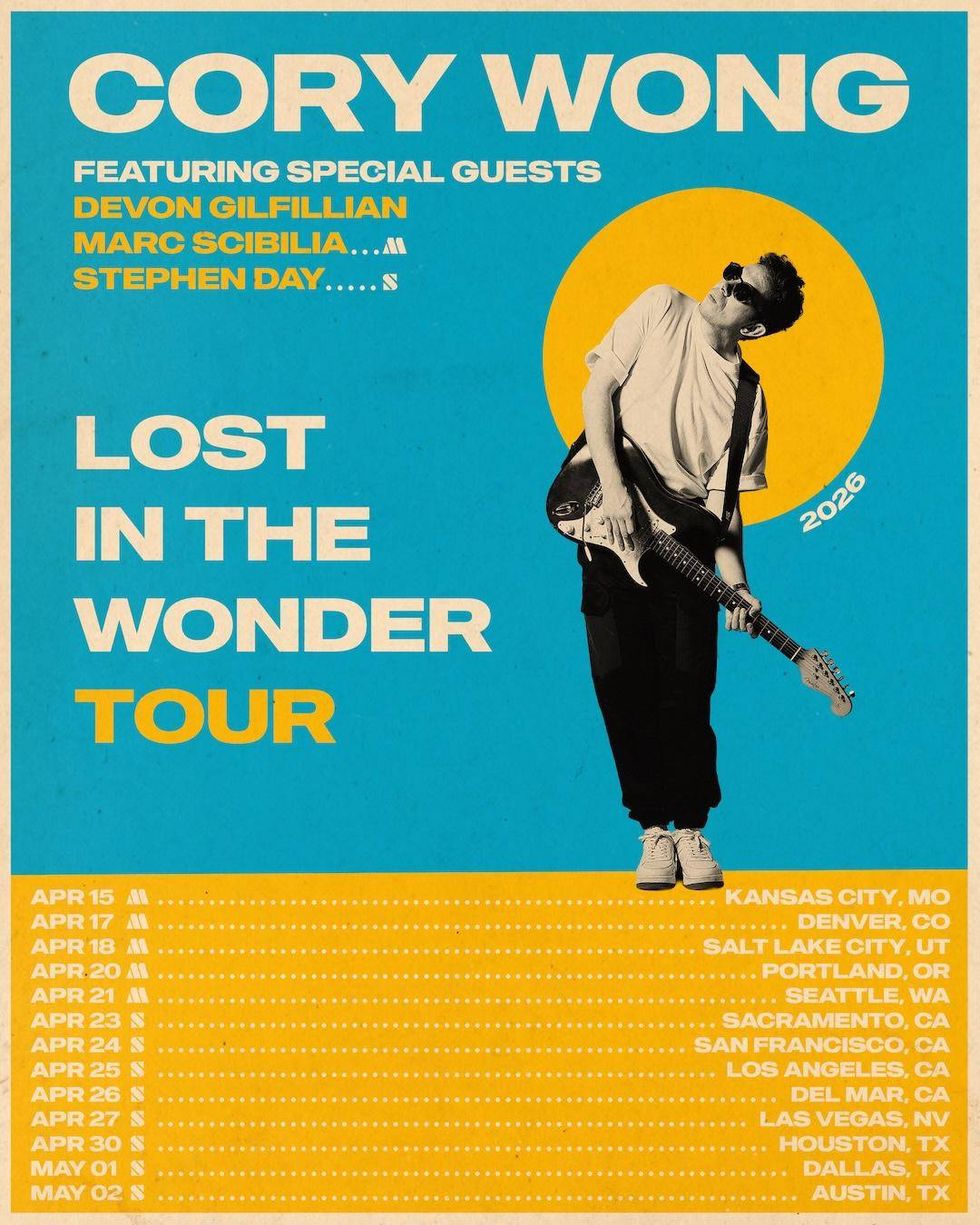
![Rig Rundown: Russian Circles’ Mike Sullivan [2025]](https://www.premierguitar.com/media-library/youtube.jpg?id=62303631&width=1245&height=700&quality=70&coordinates=0%2C0%2C0%2C0)






